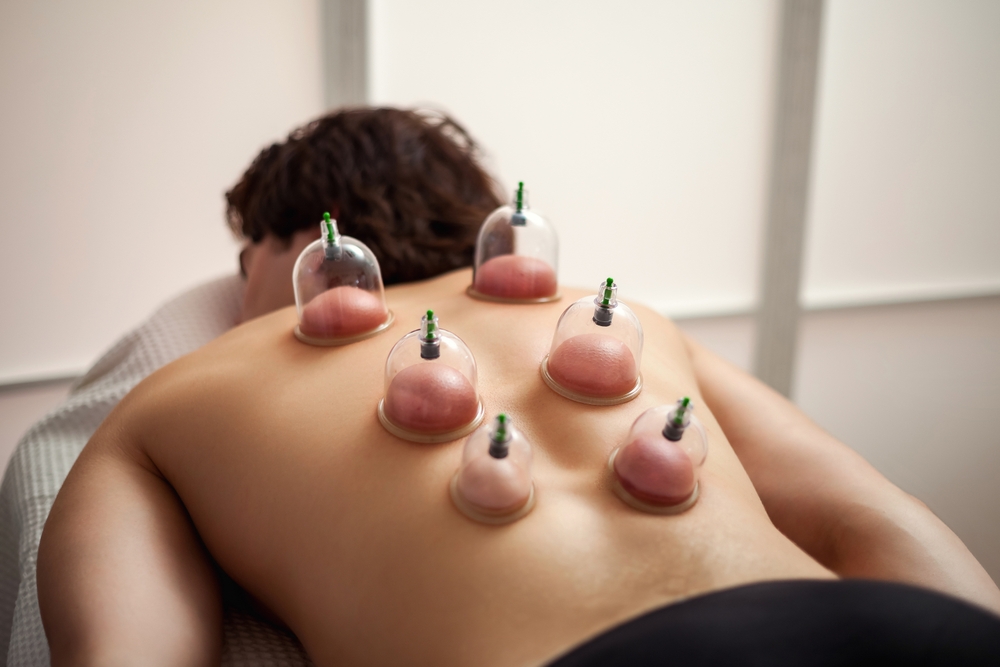Comparing Energy-Based and Mechanical Therapies for Scar Revision
Scar revision can use different approaches to improve texture, color, and contour. This article outlines the differences between energy-based options such as lasers and radiofrequency devices and mechanical options like microneedling and dermabrasion, focusing on healing, collagen stimulation, pigmentation effects, and realistic recovery expectations.

Scar revision requires choices about how to encourage healing and reduce visible fibrosis while protecting skin function. Energy-based therapies, including lasers and radiofrequency, deliver controlled thermal injury to stimulate collagen remodeling and resurfacing. Mechanical therapies — for example microneedling and dermabrasion — use physical disruption to prompt repair pathways and alter scar architecture. This article compares both approaches across mechanisms, expected collagen responses, pigmentation risk, and practical recovery considerations to help inform a consultation with a qualified clinician.
This article is for informational purposes only and should not be considered medical advice. Please consult a qualified healthcare professional for personalized guidance and treatment.
How does healing influence scar revision?
Healing is the foundation for any revision approach because the goal is to shift the wound-healing cascade toward more organized tissue rather than excess fibrosis. Energy-based devices create a controlled thermal zone that triggers a cascade of inflammatory signaling followed by remodeling; this can accelerate organized collagen deposition when applied appropriately. Mechanical therapies achieve a similar end by physically disrupting scar tissue to restart a remodeling cycle. Healing timelines differ: thermal methods may produce more immediate inflammatory responses while mechanical methods often lead to progressive improvement over repeated sessions. Both require careful timing relative to the age and maturity of the scar to minimize the risk of renewed hypertrophy or pigment change.
What role does collagen play in remodeling?
Collagen is central to scar appearance and tensile properties. Scar revision techniques aim to remodel disorganized collagen into a pattern closer to normal skin. Energy-based treatments can denature collagen fibers and encourage neocollagenesis during the wound-repair phase; the heat-driven stimulus is particularly effective for tightening and improving contour. Mechanical methods like microneedling create microinjuries that recruit fibroblasts and stimulate collagen deposition with less thermal damage. The choice depends on scar type—thick fibrotic scars may respond well to higher-energy remodeling, while atrophic or indented scars often benefit from repeated mechanical stimulation to encourage gradual collagen filling.
How does resurfacing with laser compare?
Laser resurfacing ranges from ablative to non-ablative options. Ablative lasers vaporize surface tissue and can produce significant resurfacing and collagen remodeling but require longer recovery and carry greater risk for pigmentation changes. Non-ablative lasers heat deeper layers while sparing the epidermis, offering a gentler remodeling effect with shorter downtime but typically needing more sessions. Energy parameters, wavelength, and pulse settings influence depth and the balance between efficacy and downtime. For pigmentation-prone skin types, careful selection and conservative settings reduce post-inflammatory pigmentation risk. In all cases, pre-procedure consultation and appropriate sun protection are important parts of managing outcomes.
What are the principles of microneedling and dermabrasion?
Microneedling uses arrays of fine needles to create uniform microchannels that stimulate growth factors and collagen production with minimal epidermal removal. It is versatile for atrophic scars and carries a favorable safety profile when performed correctly. Dermabrasion mechanically abrades the surface layers to smooth texture and can be effective for superficial contour irregularities, but it is operator dependent and can cause prolonged erythema. Both methods can be combined with topical agents or adjunctive therapies to enhance penetration and effect. Choice between them hinges on scar depth, skin type, and tolerance for downtime; microneedling tends to be repeatable with lower pigment risk, while dermabrasion may be preferable for certain superficial scars.
How are fibrosis and pigmentation addressed in revision?
Fibrosis reduction focuses on breaking dense collagen bundles and guiding remodeling toward a more organized matrix. Energy-based therapies can soften fibrotic tissue through controlled heat, whereas mechanical disruption physically interrupts scar bands. Pigmentation concerns must be weighed: any intervention that provokes inflammation can worsen post-inflammatory hyperpigmentation, particularly in darker skin tones. Strategies to mitigate pigmentation include pre- and post-procedure skin conditioning, conservative device settings, staged treatments, and targeted aftercare such as sunscreen and topical agents as advised during consultation. Managing expectations about color change and texture improvement is a key part of the revision plan.
What should patients expect for aftercare and recovery after consultation?
Aftercare protocols vary by modality but commonly include wound care, sun protection, and avoidance of irritants while the skin repairs. Energy-based treatments may require more intensive initial care—moisture barriers, close follow-up, and temporary activity modification—whereas microneedling often involves shorter visible recovery but several sessions spaced over weeks. A pre-procedure consultation should assess medical history, skin type, scar maturity, and realistic recovery timelines. Recovery metrics include expected redness duration, when normal activities can resume, and signs of complications to watch for. Clear communication about staged treatment plans and follow-up improves adherence to aftercare and supports better long-term results.
Scars respond differently to energy-based and mechanical therapies; many providers combine techniques to address texture, pigmentation, and fibrosis comprehensively. A personalized assessment during consultation that considers skin type, scar characteristics, and lifestyle is essential to select the right sequence and intensity of treatments. Outcomes depend on appropriate technique selection, patient adherence to aftercare, and realistic expectations about the timeline for healing and collagen remodeling.






